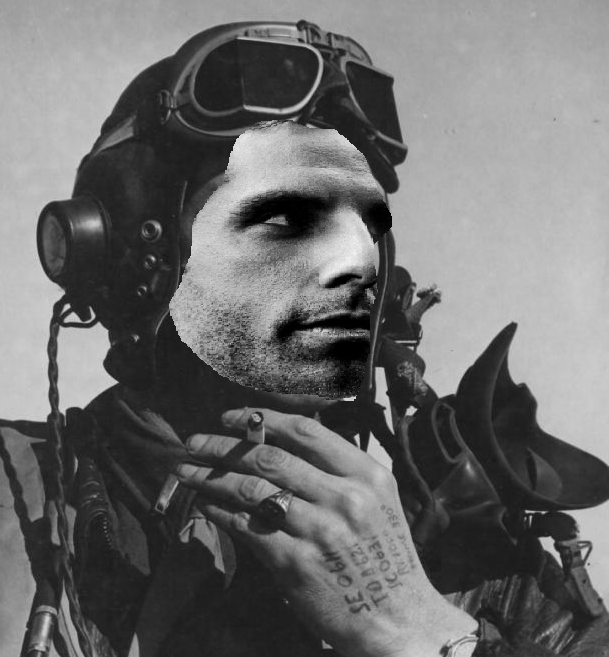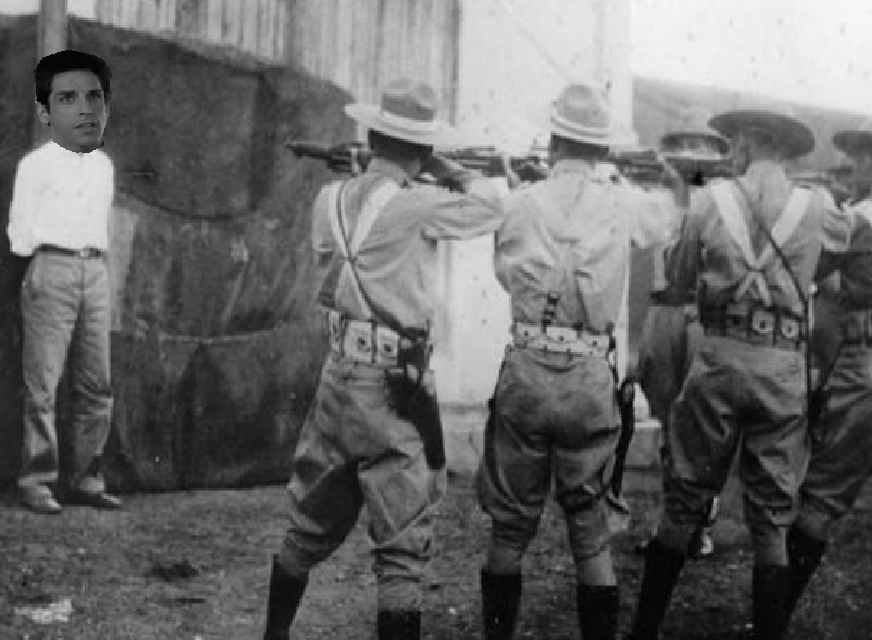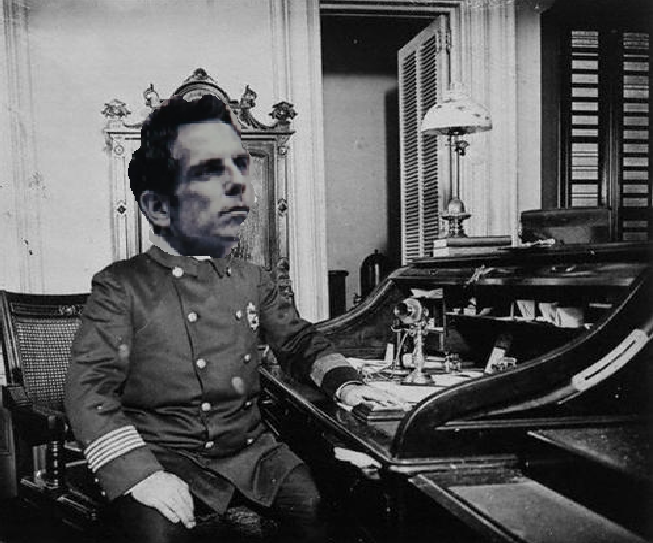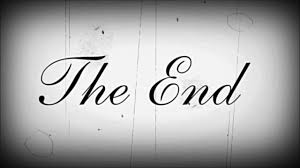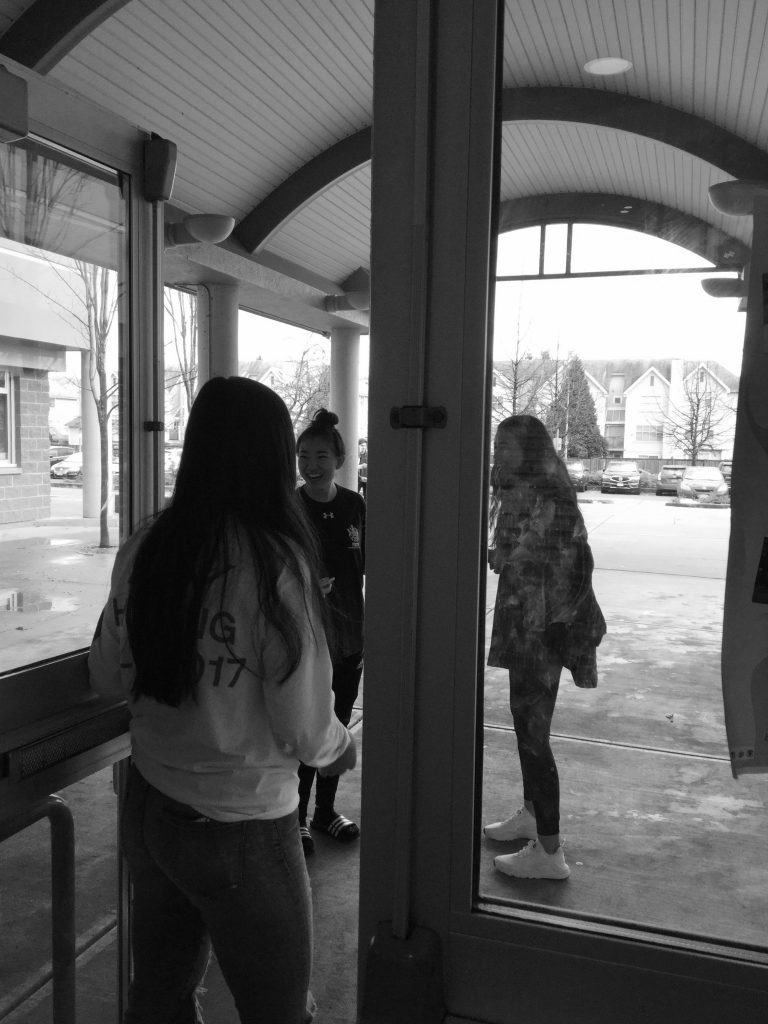He wouldn’t look at me.
He shot me.
“You’re hurting me.”
I was struck.
Then I
spoke the unbelievable truth.
The blackout poetry fits the play “Death of a Salesman,” written by Arthur Miller, which is about Willy Loman, an aging salesman in New York who struggles as a father, husband, and a salesman. Willy does not have an ideal relationship with his two sons. He has the most conflict with his oldest son, Biff Loman, as he expresses disappointment with him because Biff never had a steady job, but in the past, he was a high achiever and seemed like he had a promising career. The significant reason why Biff has changed is because he discovered Willy’s affair during a time when he failed his high school math exam and was in desperate need of help from his dad. Willy fails to be a good father and a husband, and as well as a salesman. Willy wanted to be a successful businessman like his father and his brother, but in reality, a salesman was not the right occupation for him. Moreover, he got fired due to his lacking ability. The genre of this play is tragedy because one of the characteristics of tragedy includes limitations on the hero’s wish to achieve goals and mistakes made by the hero. Willy, the hero in this play, wishes to be a successful salesman but his age and insufficiency of passion limit him. Also, the mistake he made is the incorrect selection of his profession. He enjoys doing physical work that involves using his hands, and the small number of sales he made proves his mistake. The image above is a blackout poem which is formed by redacting words from an already established text. This poem reflects the relationship between Biff and Willy. More specifically, it indicates how Biff feels about his father throughout the whole play. Since Biff was young, Willy had been keen to raise his son to be a well-liked businessman, which is what Willy wish he had been. Once, Biff told Willy that he stole a ball from his coach. Willy responded that it is okay and did not care to discipline him that stealing is morally wrong no matter what the initiative was. Willy had always taught his boys that it is important to be masculine and attractive. Willy and Biff’s relationship is dysfunctional because it lacks nurturing and interest. Growing up, Biff frequently argued with Willy due to the angst and secrecy he felt from his dad. In the latter part of the play, when Biff is in his thirties, he goes to meet his former employer to ask for money to start a new business. The Loman family encouraged him that the former boss will give him a positive response, by recalling that everyone had always loved him. However, the result was the opposite of what they were so sure of. The former boss refused to help Biff and then he realized that his whole family, including Willy, has deluded themselves into thinking they are successful. Biff was awakened by the reality that his life was a lie, all along. The poem connotes this whole plot, by using Biff’s perspective. His father had no sincere interest in him, made him feel disappointed, and at the end, he realized the reality of his family and blamed his unsuccessful life to Willy. The image of the man who is facing against the knelt man, which represents Biff, is Willy. The two silhouettes indicate their relationship. Furthermore, the cash symbolizes Willy’s thoughts on success. In conclusion, one can agree that the blackout poem thoroughly represents the plot of the play “Death of a Salesman.”









